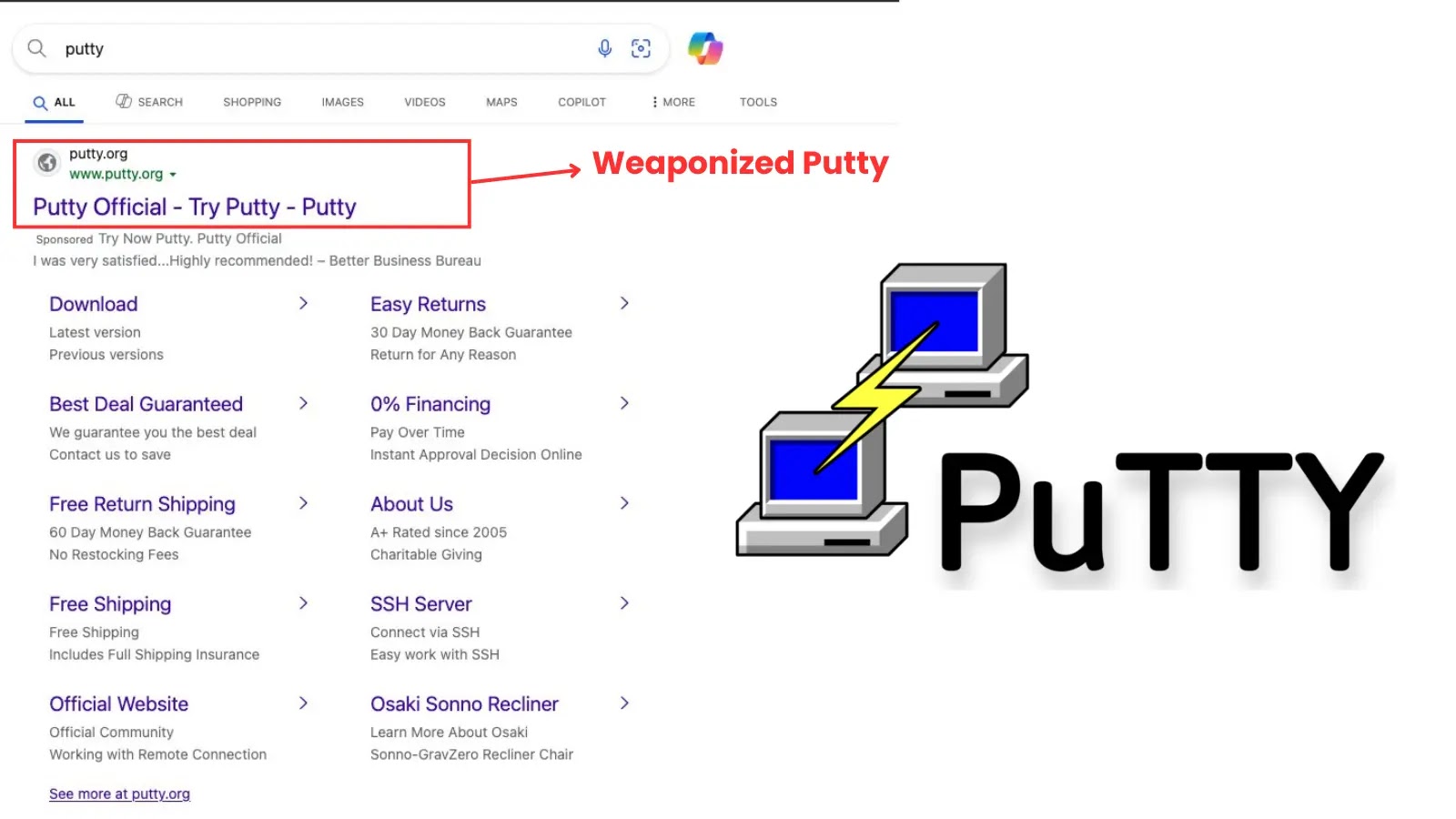In a sophisticated cyber-espionage campaign, North Korean state-sponsored hackers have intensified their efforts to infiltrate the open-source software ecosystem, particularly targeting developers through malicious NPM (Node Package Manager) packages. This strategy aims to exfiltrate sensitive data, including cryptocurrency assets, by exploiting the inherent trust developers place in open-source repositories.
The Modus Operandi
The attackers employ a multifaceted approach to compromise developer environments:
1. Social Engineering Tactics: Posing as recruiters or HR professionals from reputable tech firms, the hackers engage developers on platforms like LinkedIn, Telegram, and Discord. They initiate fake job interview processes that culminate in technical assignments requiring the download of NPM packages. Unbeknownst to the developers, these packages are laced with malware. ([techradar.com](https://www.techradar.com/pro/security/north-korean-hackers-release-malware-ridden-packages-into-npm-registry?utm_source=openai))
2. Typosquatting and Brandjacking: The malicious packages are often named similarly to legitimate ones, exploiting common typographical errors or mimicking well-known brands. This deceptive naming convention increases the likelihood of inadvertent installation by developers. ([itpro.com](https://www.itpro.com/business/business-strategy/north-korean-hackers-targeting-developers-open-source-malware-36000?utm_source=openai))
3. Advanced Malware Deployment: Upon installation, these packages deploy sophisticated malware variants such as BeaverTail and XORIndex. These malicious programs are designed to steal credentials, install backdoors, and enable long-term espionage. ([cyberpress.org](https://cyberpress.org/north-korean-hackers-weaponize-67-npm-packages/?utm_source=openai))
Technical Breakdown
The malware exhibits a high degree of technical sophistication:
– Cross-Platform Compatibility: The malware is capable of operating across Windows, macOS, and Linux platforms, ensuring a broad attack surface.
– Obfuscation Techniques: To evade detection, the malware employs multiple layers of obfuscation, including XOR-based encoded strings and index-driven code hiding. ([cyberpress.org](https://cyberpress.org/north-korean-hackers-weaponize-67-npm-packages/?utm_source=openai))
– Data Exfiltration: Once executed, the malware collects comprehensive system information, including hostnames, usernames, external IP addresses, and geolocation data. It then exfiltrates this data to command and control servers controlled by the attackers. ([cybersecuritynews.com](https://cybersecuritynews.com/north-korean-hackers-weaponized-67-malicious-npm-packages/?utm_source=openai))
– Persistent Backdoors: The malware establishes persistent communication channels through WebSocket connections and HTTP requests, enabling real-time command execution and data exfiltration.
Impact and Implications
The scale of this campaign is alarming:
– Widespread Distribution: Over the first half of 2025, at least 234 malicious packages were identified and blocked, potentially affecting up to 36,000 victims. ([itpro.com](https://www.itpro.com/business/business-strategy/north-korean-hackers-targeting-developers-open-source-malware-36000?utm_source=openai))
– Supply Chain Vulnerabilities: By infiltrating open-source repositories, the attackers exploit the trust developers place in these platforms, highlighting significant vulnerabilities in the software supply chain.
– Financial Theft: The primary objective appears to be the theft of cryptocurrency assets, which are then funneled to support North Korea’s state operations and nuclear programs. ([techradar.com](https://www.techradar.com/pro/security/north-korean-hackers-release-malware-ridden-packages-into-npm-registry?utm_source=openai))
Mitigation Strategies
To defend against such sophisticated attacks, developers and organizations should adopt a multi-layered security strategy:
1. Repository Firewalls: Implement firewalls to block malicious packages from entering the development environment.
2. Stricter Governance Policies: Enforce policies that require thorough verification of package provenance and avoid installing packages with unclear origins or low download histories without additional checks.
3. Regular Security Scans: Conduct regular scans for indicators of compromise within the development environment.
4. Centralized Repositories: Establish centralized repositories containing audited and compliant packages for developers to access, reducing the risk of inadvertently installing malicious packages. ([itpro.com](https://www.itpro.com/business/business-strategy/north-korean-hackers-targeting-developers-open-source-malware-36000?utm_source=openai))
Conclusion
The resurgence of North Korean cyber-espionage campaigns targeting the open-source ecosystem underscores the critical need for heightened vigilance and robust security measures within the developer community. By understanding the tactics employed by these threat actors and implementing comprehensive security strategies, developers and organizations can better protect themselves against such insidious attacks.



